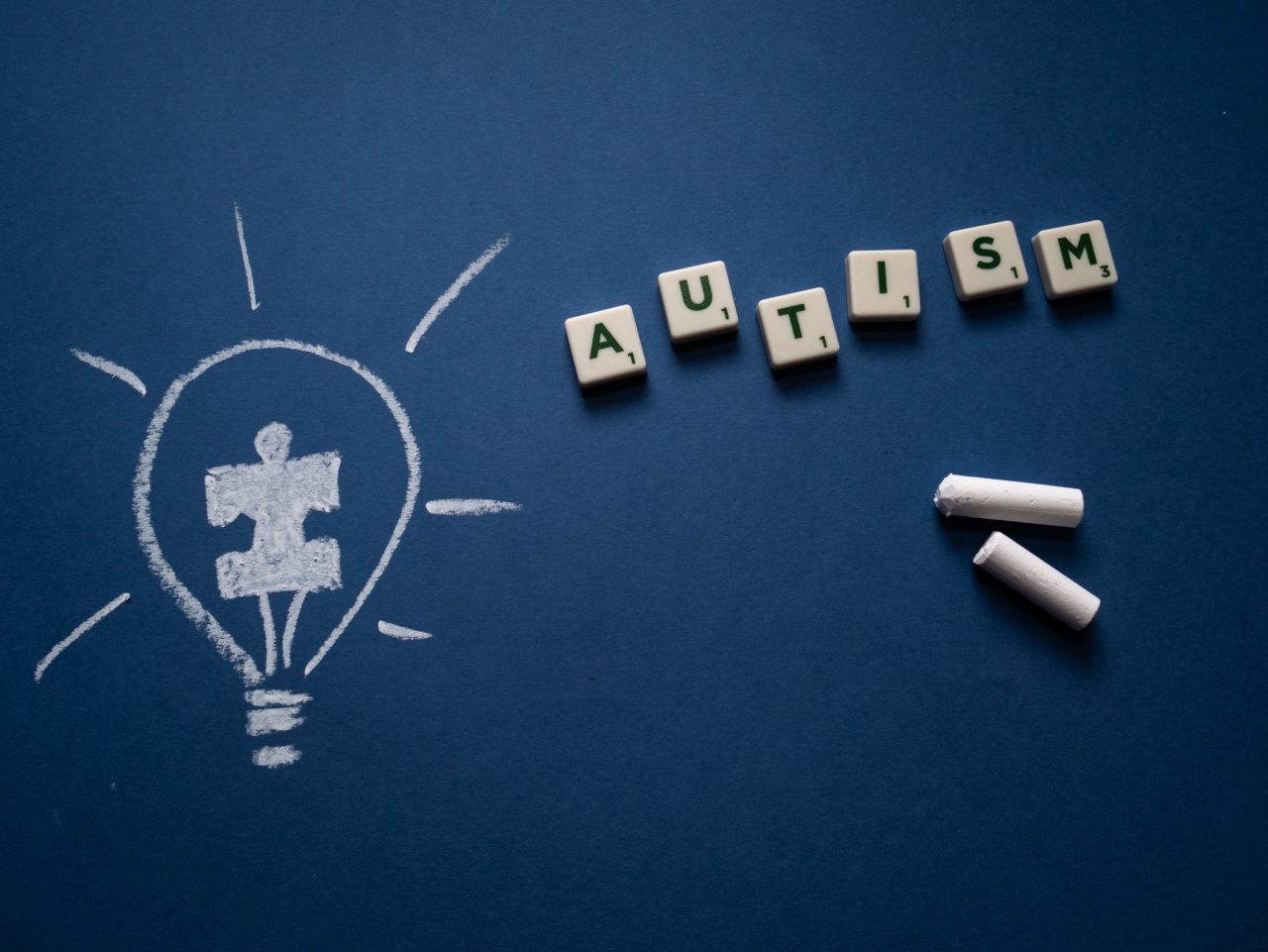Autism Spectrum Disorder (ASD) is a developmental disorder that affects one in 59 children in the United States according to the Centers for Disease Control and Prevention (CDC).
ASD can be diagnosed using various diagnostic criteria, such as the International Classification of Diseases (ICD) and the Diagnostic and Statistical Manual of Mental Disorders (DSM), which have undergone significant changes over the years. In this article, we explore the revamped diagnostic criteria for Autism Spectrum Disorder.
What is Autism Spectrum Disorder?
Autism Spectrum Disorder is a complex developmental disorder that affects a person’s social, communication, and behavioral skills.
People with ASD have difficulty with social interaction, communication, and exhibit repetitive behaviors and interests.
ICD and DSM Criteria for ASD
The International Classification of Diseases (ICD) and the Diagnostic and Statistical Manual of Mental Disorders (DSM) are the two widely used diagnostic criteria for ASD.
The ICD-10, published in 1992, defined Autism as a pervasive developmental disorder that affected social communication and behavior.
The ICD-11, released in 2018, defined Autism Spectrum Disorder as a neurodevelopmental disorder that affects social communication and interaction, and includes repetitive behaviors and restricted interests.
In the case of DSM criteria, the fourth edition (DSM-IV) defined Autism as a pervasive developmental disorder that affected social interaction, communication, and the presence of repetitive behaviors and restricted interests.
In 2013, the DSM-5 was released with a significantly changed diagnostic criterion. The DSM-5 redefined Autism Spectrum Disorder as a neurodevelopmental disorder that includes social communication deficits, and restricted and repetitive behaviors and interests.
DSM-5 merged the previous subtypes of autism, including Asperger’s Syndrome, Autistic Disorder, and Pervasive Developmental Disorder Not Otherwise Specified (PDD-NOS), into one umbrella diagnosis of Autism Spectrum Disorder.
Changes in DSM-5 criteria
The DSM-5 dropped the diagnostic subtypes of Autism and replaced them with a single diagnosis of Autism Spectrum Disorder.
The DSM-5 criteria places more emphasis on the social communication difficulties seen in ASD rather than on repetitive behaviors and interests. DSM-5 criteria defines two broad symptoms (A and B) and requires the presence of these symptoms for the diagnosis of ASD.
The DSM-5 criteria for Autism Spectrum Disorder include:.
1. Symptom A: Deficits in Social Communication
The criterion for Symptom A has three secondary criteria:.
1. Social Emotion Reciprocity
The ability to engage in reciprocal social interaction, such as sharing interests and emotions, and responding appropriately to others.
2. Non-verbal Communication
The ability to use non-verbal behavior such as gestures, facial expressions, and body language, to communicate with others.
3. Developing, Maintaining, and Understanding Relationships
The ability to form and maintain relationships with others.
2. Symptom B: Repetitive Behaviors and Restricted Interests
The criterion for Symptom B has four secondary criteria:.
1. Repetitive Motor Movements, Speech, or Use of Objects
Frequent repetition of the same motor actions, speech, or use of objects.
2. Insistence on Sameness
Strong preference for unchanging routines or rituals, or having difficulty adapting to new ones.
3. Fixated Interests
Intense or abnormal interest in specific topics or objects.
4. Hypersensitivity or Hypo-sensitivity to Sensory Input
Over-sensitivity or under-sensitivity to sensory input, such as sounds, textures, tastes, and smells.
Conclusion
The revamped diagnostic criteria for Autism Spectrum Disorder in the DSM-5 criteria placed more emphasis on social communication deficits compared to the previous criteria.
The DSM-5 criteria combines all subtypes of autism under one umbrella diagnosis of Autism Spectrum Disorder and requires the presence of two core symptoms; social communication deficits, and repetitive behaviors and restricted interests. These criteria provide a comprehensive and standardized approach for the diagnosis of Autism Spectrum Disorder.


























